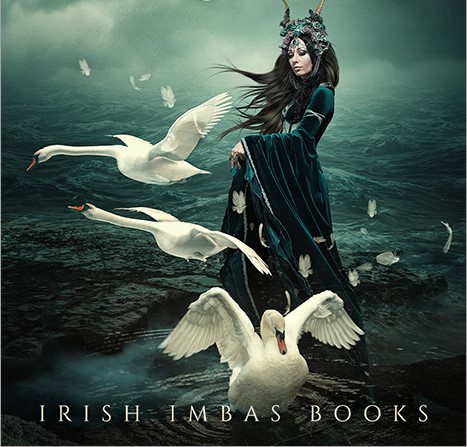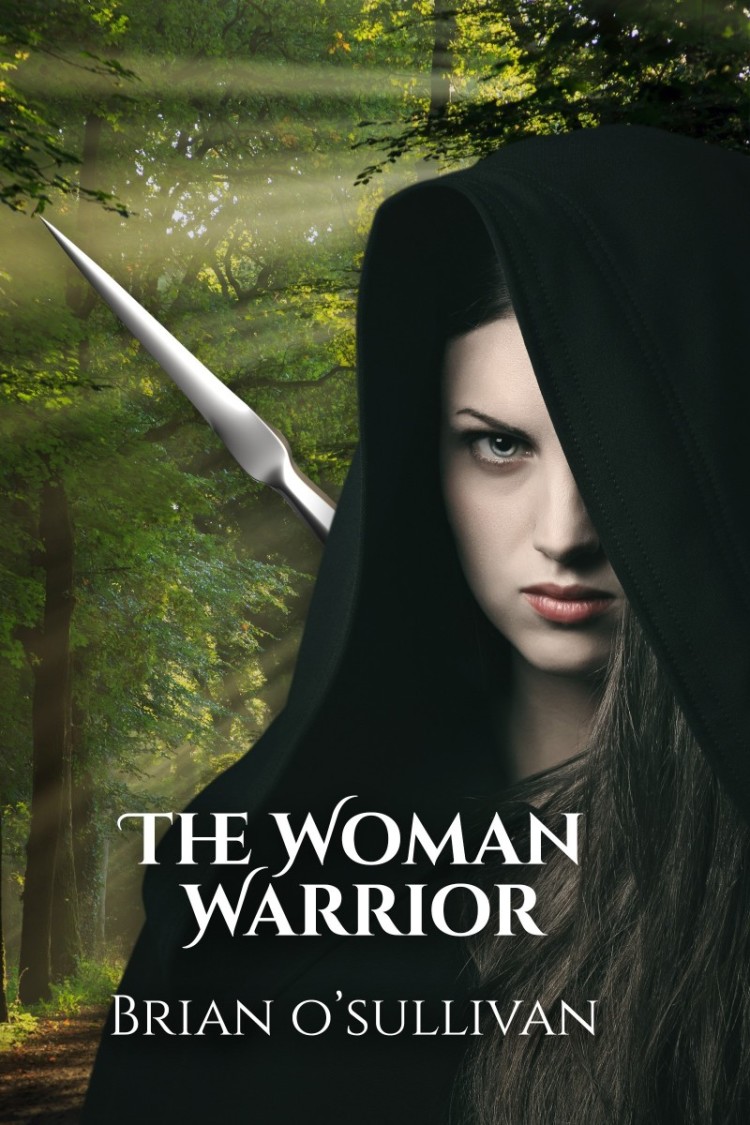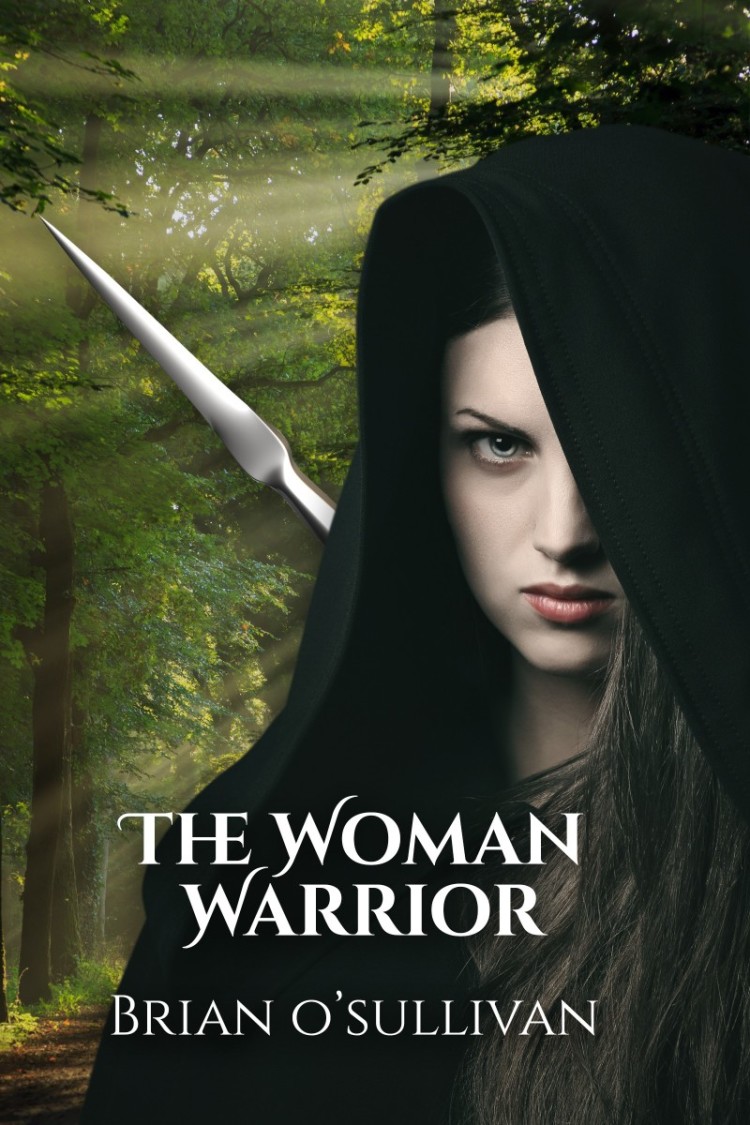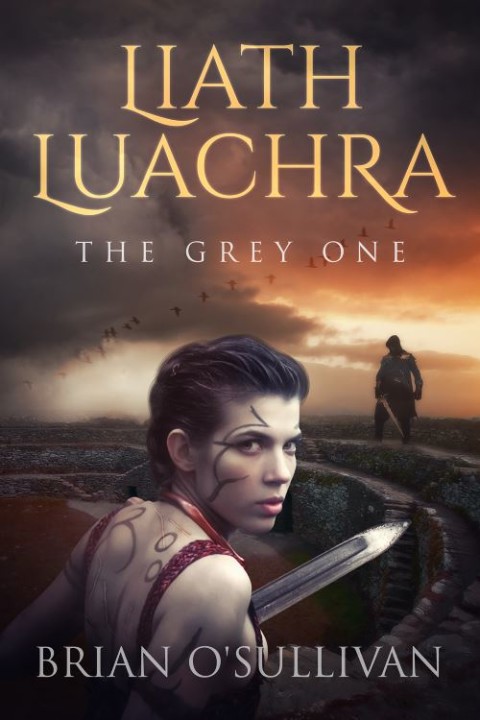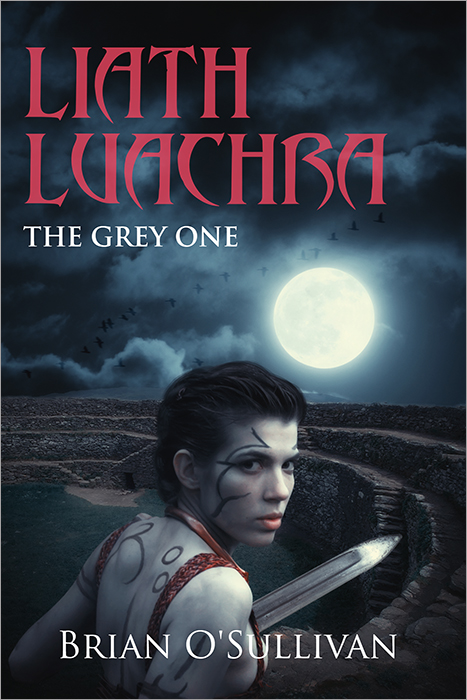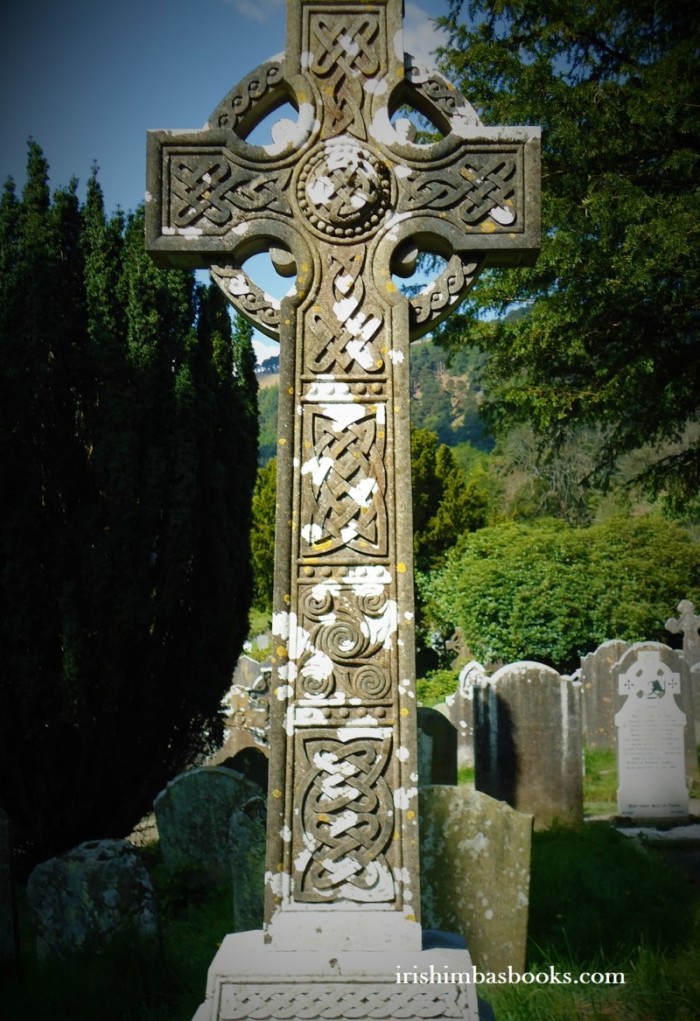

Growing up in Ireland, it’s practically impossible to escape Brighid. A huge proportion of my family or friends are called Brigit, Brigette, Bríd, Bride, Bridie, etc. etc. When I was in university, I also had a friend called Brída who formed part of a group of girls (Brída, Nuala, Gráinne, Aoife and two others) known as ‘The A-Team’ (Irish people will get this). With almost half the Irish population named after one particular individual, you’d be forgiven for wondering whether that figure was someone of particular importance.
Because you’d be right!
The first major figure associated with this name is the Celtic (and possibly pre-Celtic) land goddess, Brigit, who was worshipped by a number of Celtic tribes including the Brigantes (and that tribal name is certainly no coincidence). Interestingly, parts of this tribe are also believed to have moved from central England and settled in the south-east of Ireland during the first century A.D. It’s therefore quite possible (although not certain by any means) that it was these original settlers who brought the belief – and the name – to Ireland.
The second major figure associated with the name is the Leinster saint – Saint Brighid – a figure said to be from the Fortharta sept and who’s probably most famous for founding the convent at Cill Dara (Kildare), the huge number of miracles associated with her and, of course, the festival on St Brighid’s Day (1 February).
In some respects, Saint Brighid has always struck me as a kind of Celtic version of the Virgin Mary. She’s always been a bit of a poster girl for the Church (at least in Ireland) and if you look through all the old religious material about her, she reads very much like:
(a) a kind of ‘perfect’ role model that all woman should aspire to; or
(b) a kind of ‘sop’ to the female members of the congregation along the lines of: Yes, ladies. God likes women too – they just can’t hold positions of authority in his male-dominated church.
Given the odd similarity in names between the saint and the original land goddess (and the Church’s long established habit of ‘borrowing’ elements of local belief systems) you’d also be forgiven for wondering if – just possibly – the two might be linked. To work that out of course, you’d first have to go back to the key sources of information available on Saint Brighid.
The earliest surviving record of St Brigid is an origin story for the Fotharta, dating back to about 600 AD and linking the saint to them. I haven’t seen the original but it reportedly describes her as ‘another Mary’ (i.e. the Virgin Mary), a reference that indicates the record was made with a Christian hand (hardly surprising given that it was said to have been written by Saint Broccán).
A few decades later (in 633 A.D.) an Uí Dhúnlainge leader by the name of Faolán mac Colmáin became king of Leinster. Connected to the Fotharta by marriage and to the Church through a brother who was Bishop of Kildare, Faolán mac Colmáin clearly had a vested interest in encouraging the belief and worship of Brighid in order to cement the authority of his own rule. It comes as no surprise therefore to discover that, around this time, the church of Kildare actually engaged a cleric (by the name of Cogitosus) to prepare a biography of the saint to support this claim.
Arguably, the most fascinating thing about Cogitosus’ biography of Brighid (entitled Vita Brigitae) is the fact that it doesn’t actually contain any biographical material – it’s essentially a compilation of the various miracles attributed to the saint (a kind of “Best Of” collection ). This substantive absence of biographical information suggests:
(a) there wasn’t any biographical material to be included in the first place; and
(b) the biography was written predominantly to cement the Kildare church’s position and authority against competing religious centres who had saints of their own.
The case supporting the actual existence of a ‘Saint Brighid’ therefore starts to look a little shaky when you look at it in detail and this is probably why (over the last few years) there have been so many reports that she was de-canonized” following the establishment of the second Vatican Council (Vatican II). Generally, when it’s worked out that a particular saint has a dubious historicity or no credible basis for existence (and yes, this happens) the Church doesn’t formally de-canonize them. They are sometimes however, removed from the liturgical calendars (the religious equivalent of locking your insane and socially embarrassing Uncle Seán away in the back room).
In this respect, the Catholic Church is in something of an unenviable ‘lose-lose’ situation. They can’t officially “get rid of” a saint that they’ve previously used to convert the masses as this would undermine their spiritual credibility. At the same time, neither can they completely ignore the issue as that too would undermine their credibility. This is probably why Saint Brighid hasn’t been removed from the liturgical calendar (if that happened there’d probably be uproar – in Ireland, at least). For now, the Church seems to be doing the only thing it can do – keeping quiet and hoping no-one will notice.






